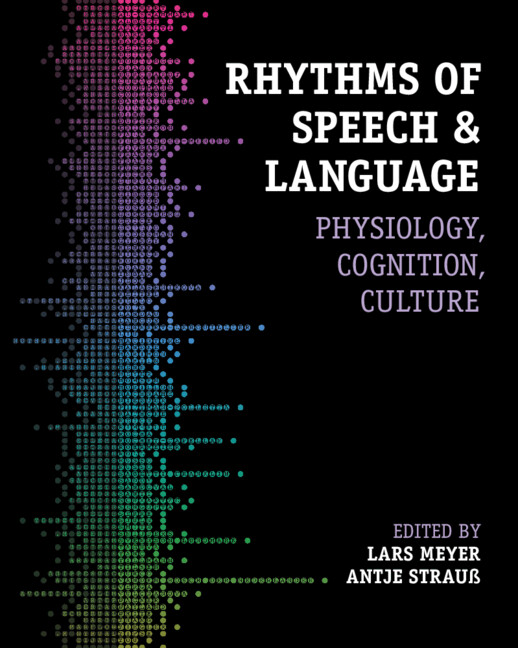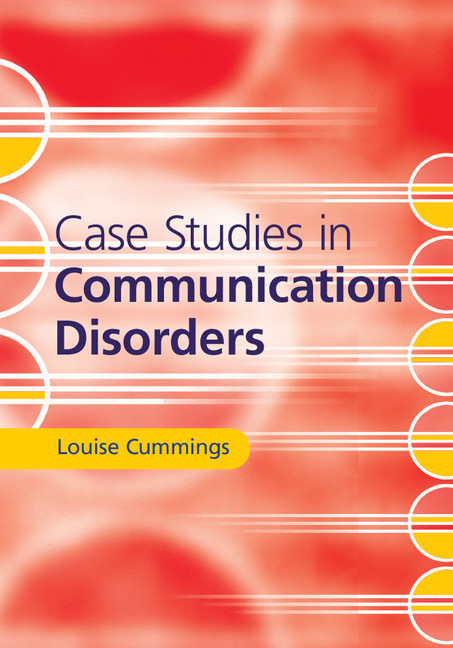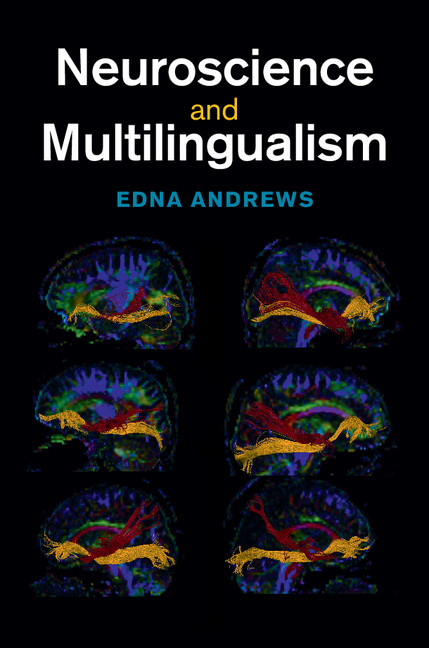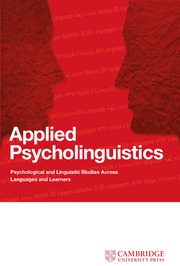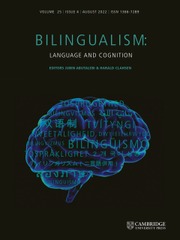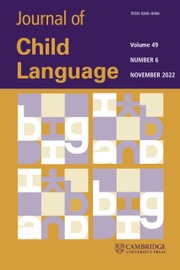Rhythms of Speech and Language
This book showcases the current state of the art of research on rhythm in speech and language. Decades of study have revealed that bodily rhythms are crucial for producing and understanding speech and language, and for understanding their evolution and variability across populations-not only adults, but also developmental and clinical populations. It is also clear that there is perplexing dimensionality and variability of rhythm within and across languages. This book offers the scientific foundation for harmonizing physiological universality and cultural diversity, fostering collaborative breakthroughs across research domains. Its fifty chapters cover physiology, cognition, and culture, presenting knowledge from neuroscience, cognitive science, psychology, phonetics, and communication research. Ideal for academics, researchers, and professionals seeking interdisciplinary insights into the essence of human communication. This title is also available as open access on Cambridge Core.
- Reviews and synthesizes the current state of research on rhythm in language across developmental stages, languages, and among clinical populations
- Opens avenues for further research on rhythmicity in phonetics and linguistics, while also addressing its connection with physiology
- Highlights the cultural diversity of rhythm in speech and language, crucial for both physiological understanding and neuroscientific research
- This book is also available as open access
Product details
April 2026Paperback
9781009295857
400 pages
254 × 203 mm
Not yet published - available from April 2026
Table of Contents
- Part I. The Physiology of Rhythm:
- 1. Body-grounded speech rhythm: ubiquitous interactions between speech, breathing and limb movements
- 2. Jaw opening patterns and their correspondence with syllable stress patterns
- 3. Region-specific endogenous brain rhythms and their role for speech and language
- 4. The sensorimotor account of multimodal prosody
- 5. Evaluating neural tracking of rhythmic information in speech: some caveats and challenges
- 6. Speech rhythm in the perception-action-cycle
- 7. A road to better understanding of rhythms in speech using a comparative approach
- Part II. Acoustic and Sublexical Rhythms:
- 8. A polychromatic portrait of speech rhythm
- 9. Rhythms of phones, syllables, and words in connected speech
- 10. Linguistic factors affecting amplitude modulation spectra
- 11. The P-center effect and the domain of beat perception in speech
- 12. Adaptive pacing in word segmentation and the vowel-onset paced syllable inference model
- 13. Beyond acoustics: Capacity limitations of linguistic levels
- 14. Rhythm is a timescale
- Part III. Rhythm in Prosody and at the Prosody–Syntax Interface:
- 15. Intonation units: prosodic regularity in spontaneous speech as a window onto cognitive dynamics
- 16. Phrasal rhythmicity and the sources of temporal intermittency in speech
- 17. Prosody vs. syntax, or prosody and syntax?: evaluating accounts of delta-band tracking
- 18.Cognitive and neural constraints on timing and rhythm in language
- 19. Shaping rhythm to keep balance: the structural implications of temporal modulation
- 20. The hierarchical temporal structure of prosody
- 21. Preserving prosody in temporal distortions of speech
- 22. Rhythmic alternation and balance: a new metric
- Part IV. Diversity of Rhythm from Oral Speech to Music:
- 23. Time, cohesion, style: rhythm formants in oral narrative
- 24. Time to pop the cork?: The cork exercise and its effects on rhythm and melody in a public speaker's presentation task
- 25. Rhythmic stimulation of linguistic performance: a common structure?
- 26. Characterizing rhythmic regularity in speech and song
- 27. Beats in time across music and language
- 28. Shared mechanisms for the processing of rhythm in music and speech
- 29. Interaction phonology: rhythmic co-ordination as scaffold for communicative alignment
- Part V. Rhythm across Languages:
- 30. Duration-based and acoustic speech rhythm metrics
- 31. The role of prosodic durational variation in the temporal coordination of utterances
- 32. Individual and language differences in rhythm grouping preferences: The iambic-trochaic law revisited
- 33. Cross-linguistic consistency of speech rhythms and pending questions: evidence from bilingual and second language speakers
- 34. Revisiting rhythm in romance languages
- Part VI. Rhythm in Language Acquisition:
- 35. Rhythm and language acquisition: a temporal sampling perspective
- 36. Neural and behavioural rhythmic tracking during language acquisition: findings, methods, and outstanding issues
- 37. Maturational constraints on tracking of temporal attention in infant language acquisition
- 38. Rhythmic structure in infant-directed communication
- 39. Prosody as an entry point into language structure in early language acquisition
- 40. Acquisition of similar versus different speech rhythmic class
- 41. Speech rhythms and pupil size
- Part VI. Rhythm in Speech and Language Disabilities:
- 42. Speech rhythm in hearing loss and cochlear implant listening
- 43. Melodic intonation therapy: the ingredients that make it work
- 44. Phonetic adaptation and rhythmic entrainment in interactive language use: neural mechanisms and evidence from individuals with neurological disorders
- 45. Rhythmic processes in stuttering and Parkinson's disease
- 46. Speech rhythm in stuttering: perception and production
- 47. Conversational rhythmic-prosodic entrainment in autism.

